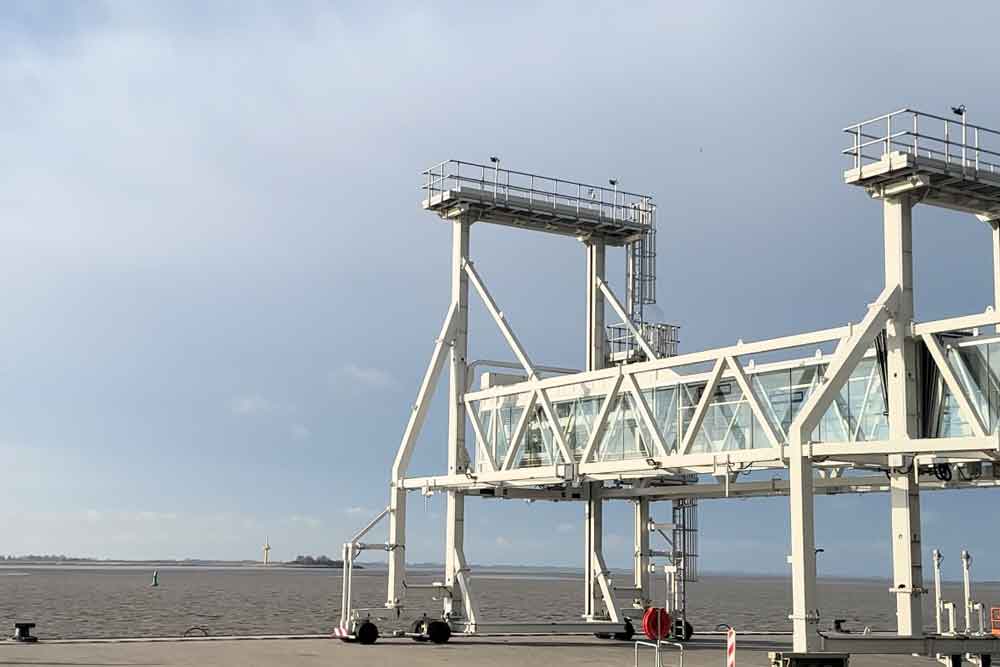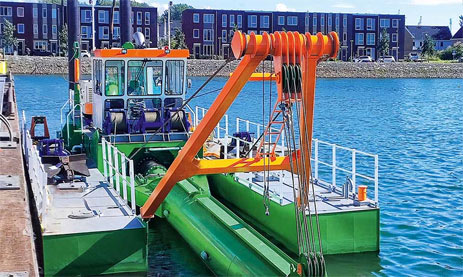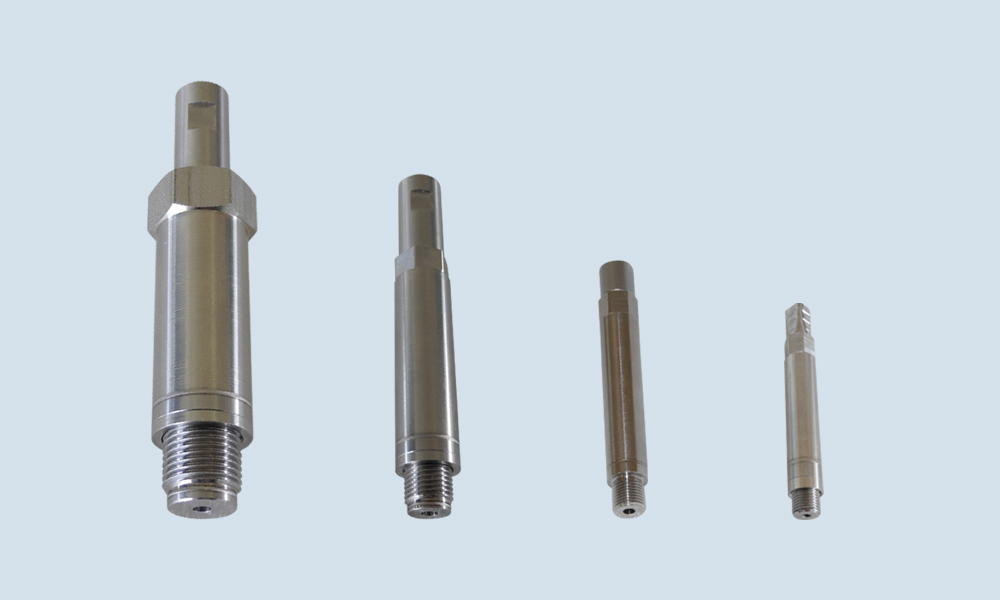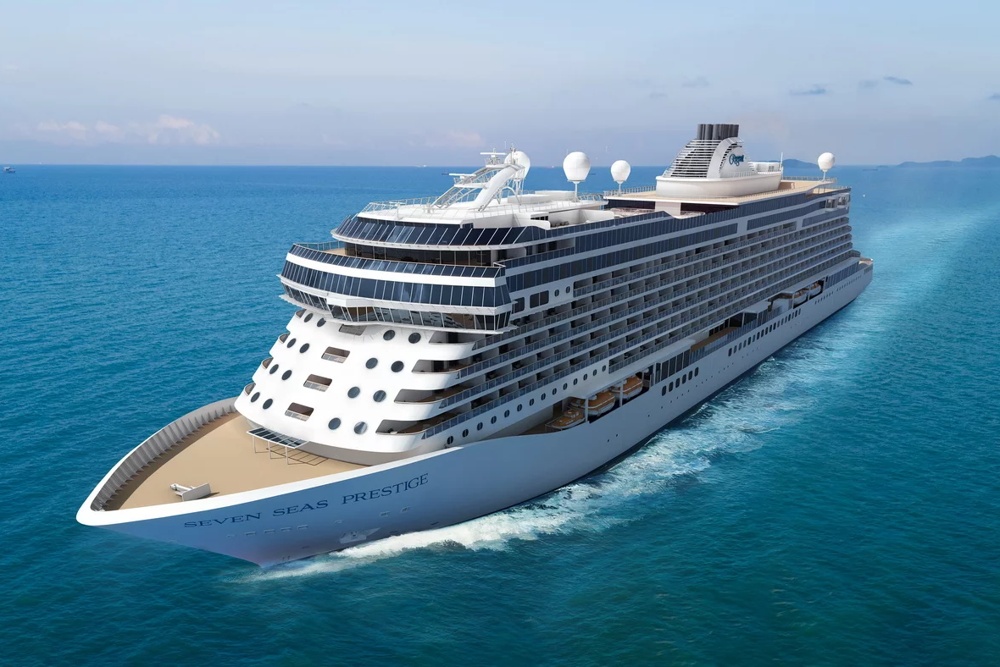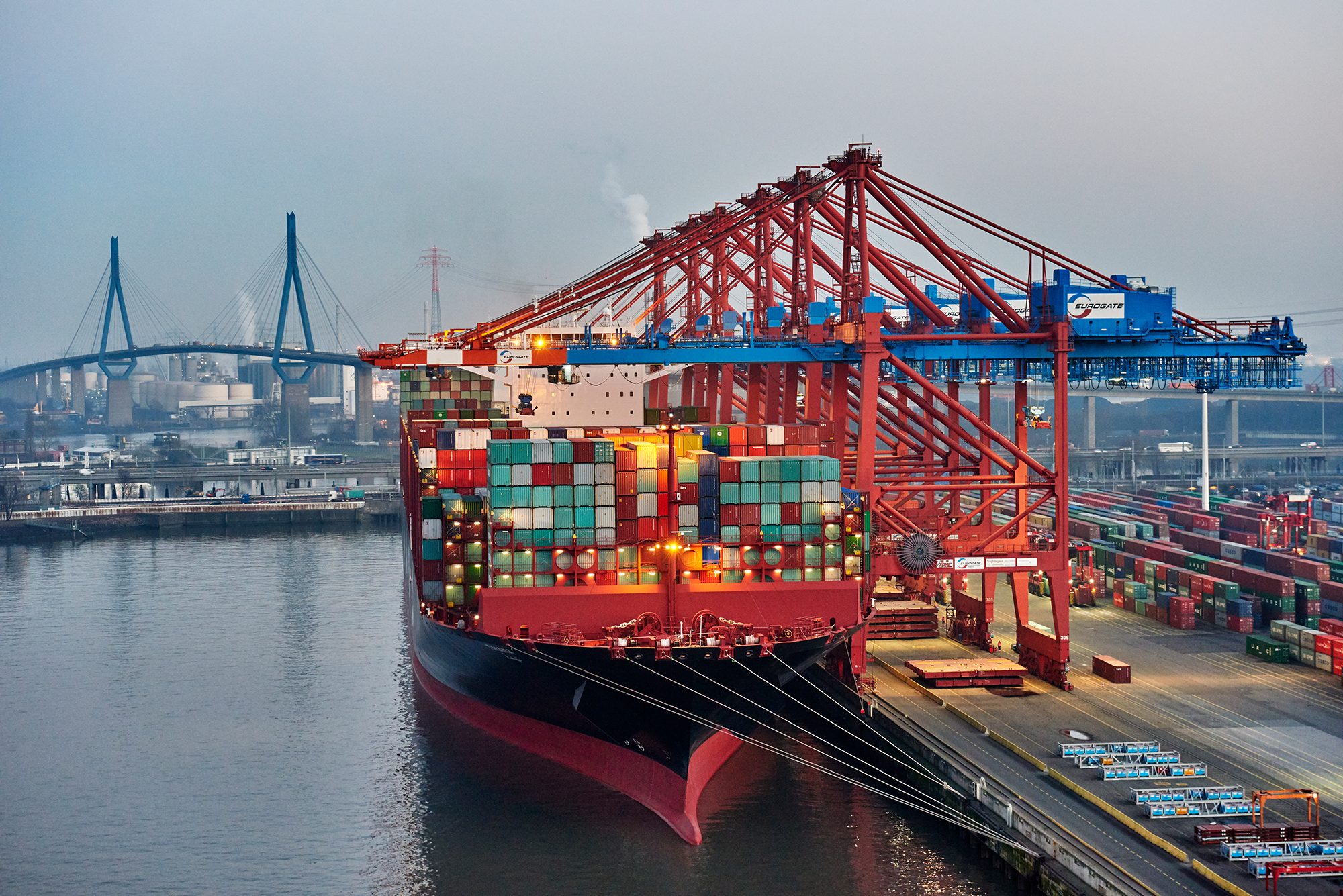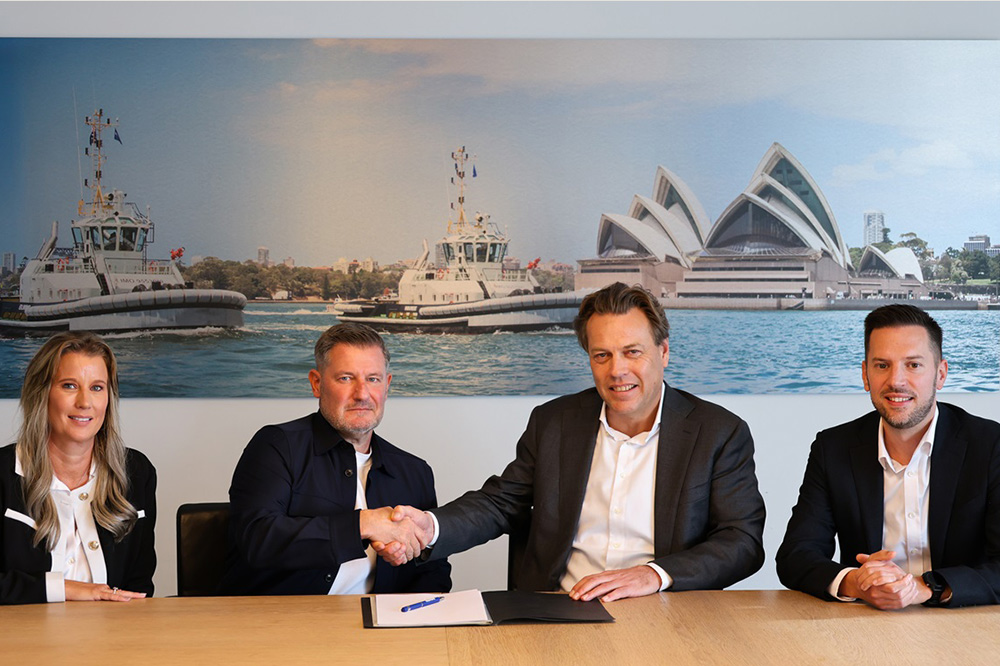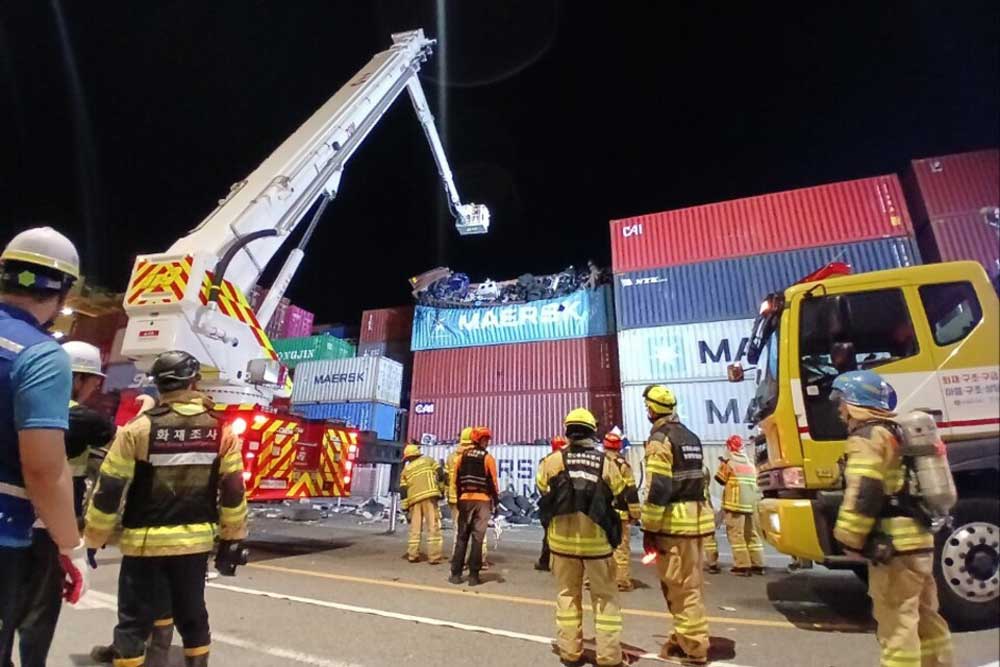After the planned three-year construction period, the new Columbus Quay in Bremerhaven has been opened.
The new quay replaces its almost 100-year-old predecessor, which, among other things, no longer met the flood protection requirements.
The quay, which has been moved 20 metres further into the river, was officially opened by Kristina Vogt, Senator for Economics, Ports and Transformation, the Mayor of Bremerhaven Melf Grantz and Bremenports Managing Director Robert Howe.
“With almost €80m, the Senate has made the largest quay construction project in the ports of Bremen in the last 15 years possible,” said Vogt. “Completing such a large public construction project not only within the originally planned time frame but also within the financial framework is really something special – especially in view of the upheavals caused by coronavirus and the war in Ukraine in recent years.”
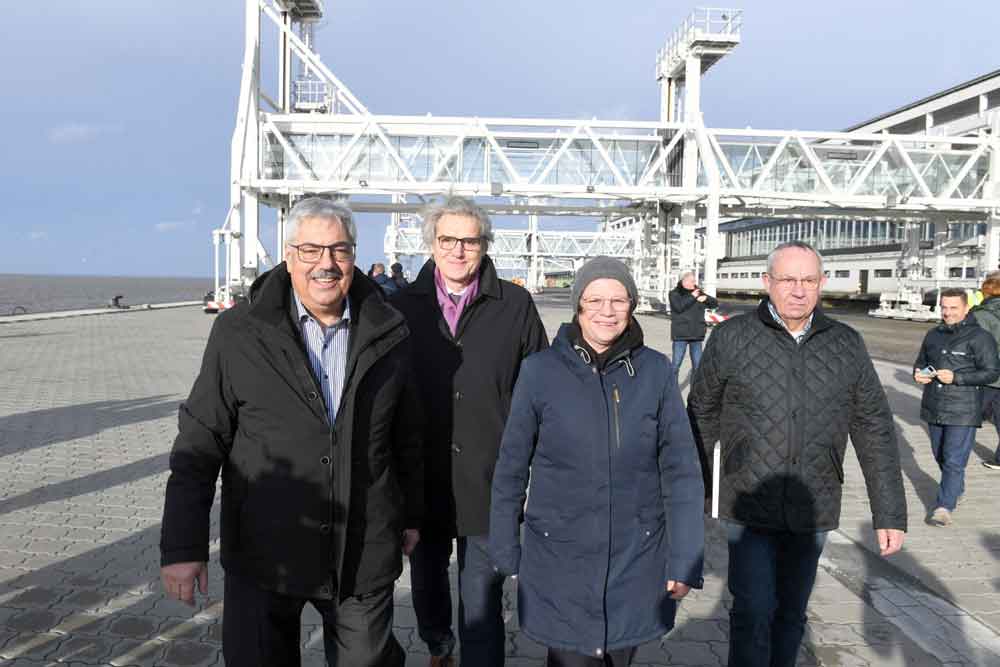
Columbuskaje completed on time despite challenges
According to Bremenports, this amount will now also be reflected “in the bottom line” in the final accounts. The project faced major challenges. These included the difficult subsoil, into which steel piles up to 42 metres long had to be driven for anchoring, as well as the general work in time with the ebb and flow of the tide. Furthermore, the construction work was “like open-heart surgery”, as the cruise operations also had to continue.
The latter, in particular, only worked thanks to numerous rounds of coordination and close cooperation with the cruise operator – so well, in fact, that an all-time record of 320,000 passengers was set at Columbuskaje in 2023 despite the construction site.
In this context, Lord Mayor Melf Grantz emphasised the growing economic importance of the new quay for the city: “Even before last year’s record result, cruise passengers in Bremerhaven generated added value of around €20m a year. The cruise sector has long been an integral part of Bremerhaven tourism – and the importance of the industry will continue to grow due to the ongoing boom. The new quay is, therefore, also a good, logical investment in this sense.”
“The signs are pointing to a new beginning”
Senator Vogt also confirmed this and stated: “Together with the planned revitalisation of the Columbus station and the upcoming change of cruise terminal operator next year, the signs at this location are clearly pointing to a new beginning.”
“Many parties have worked hand in hand here. The fact that we have not only finished on time but also on budget thanks to this positive cooperation is a great success for all of us,” concluded Bremenports Managing Director Robert Howe, who immediately turned his attention to the next measures at this location: “If all goes well, we will meet here again next year to celebrate the electrification of the new Columbus Quay – because then it will also be possible to supply the moored cruise ships with zero-emission power using a newly installed shore power system.”
The new construction project that has now been completed was necessary because the old Columbuskaje, completed in 1926, was getting on in years and no longer met the flood protection requirements. After almost 100 years, the use of the old structure was also restricted, particularly in the cruise facility area. Bremenports had to regularly limit the traffic load on the quay during extremely low water levels, for example, and clear the areas on the water’s edge to prevent the old quay from tipping into the Weser due to the lack of “counter-pressure” caused by the low water.
In three construction phases, the Columbus quay was then built around 20 metres in front of the existing quay from November 2021. A total of around 17,440 tons of structural steel were used for the 836 metre long quay, in the form of 365 bearing piles, a similar number of inclined piles and filling piles, as well as 20 horizontal anchors, 835 metres of pipe chords and 335 connections.
To close the space between the old and new quay, 310,000 m3 of sand was also used and a total of 16,000 m2 of paving stones with a total weight of 230 tons were laid “on top”. The 20-metre wider quay also made three new movable bridges necessary: the glazed passenger bridges, which are now the longest in Europe at exactly 57 metres in length, enable cruise passengers to walk directly from the cruise terminal to the cruise ships at a height of 16 m without getting wet.
A “side effect” of moving the quay 20 metres into the river: the construction project is a real land gain for the federal state of Bremen, which has grown by almost 17,000 m2 as a result.
